Forest Landowner Conference
Dear Readers,
PennState Extension provides an abundance of opportunities for gardeners, farmers, landowners, and general land-learning-enthusiasts to become more familiar with the environments we grow, harvest, and live on. William and I have attended a couple of their webinars, and we are learning so much about our local watersheds and forests. More specifically, we are learning how to protect, and steward our local watersheds and forests.
From identifying invasives and the causes of their perpetuation, to stream bed restoration, to the pros and cons of ponds…to reforestation of heavily forested and clear-cut areas, this year’s Forest Landowner Conference has given us new insights and goals for our lil’ piece of land in the Land of the Laurels, as well as some inspiration for my parent’s property!
The seminar itself contained four webinars, each about an hour long. Each webinar will be (very) briefly covered in this blog. If my synopses leave you hungry for more, no worries! Click on each presentation’s title for a link to the recording for your further perusal and learning!
~
“Pond Construction and Chapter 105 Wetland and Waterway General Permits.” Presented by Dana Grabowski from the Jefferson County Conservation District. 1 February 2022.1
~From what we interpreted, ponds, in general, are not a great idea.
“Building Healthy Riparian Buffers with Reliable Practices.” Presented by Lamonte Garber and David Wise from the Stroud Water Research Center. 8 February 2022.2
~Trees. Trees create healthy forest buffers next to streams. In turn, these forest buffers enhance the health of waterways.
~Garber and Wise equate the many benefits of a forest buffer to that of a Swiss army knife:
Credit: “Building Healthy Riparian Buffers with Reliable Practices.”
~You can see forest buffer benefits ‘in action’ in the image below on the left. Roots provide filtration for run off and stabilize the banks. The trees above provide shade for cooler, more inhabitable waters. The debris from the forest provides not only nutrients to the stream (they called it ‘stream food’ in the presentation), but it also provides additional habitat to organisms. Streams with forest buffers are also wider…as you can see in comparison with the image below on the right. Healthy streams don’t look like the one on the right…
Healthy stream. Credit: “Building Healthy Riparian Buffers with Reliable Practices.”
Not a healthy stream. Credit: “Building Healthy Riparian Buffers with Reliable Practices.”
~ So, how to achieve a healthy forest buffer and stream? Well, to start, pick the right trees and shrubs! The image on the bottom left includes trees and shrubs that are native to the southeast PA area, and are a great place to start. You also want to control invasives. Mowing for the first couple years of young tree/shrub growth is one way to ensure the trees and shrubs develop to a point that the invasives won’t crowd them out. You can see an example of that in the image below on the right.
Some great trees to get your riparian buffer zone started! Credit: “Building Healthy Riparian Buffers with Reliable Practices.”
Trees in straight lines may look unnatural. But creating ‘alleys’ to mow will help give the young trees and shrubs a head-start on the invasives. Credit: “Building Healthy Riparian Buffers with Reliable Practices.”
~ Garber and Wise also discuss the financial and environmental pros and cons of using herbicides to control invasives vs. stone mulch. They also discuss different options for tree sapling shelters (not just materials, but also how long they should be kept on the tree). The presentation really goes in-depth on their research on these topics, and I strongly encourage you to watch it if interested!
Using herbicide vs. stone mulch to protect saplings from invasives. Credit: “Building Healthy Riparian Buffers with Reliable Practices.”
Various shelter types. Credit: “Building Healthy Riparian Buffers with Reliable Practices.”
“Proactive Steps to Improve the Health and Resilience of your Woods.” Presented by Dave Cole from Bureau of Forestry. 15 February 2022.3
~ Disturbances to forests happen. Wildfires. Harvests. Tornados. The good news is that forests were created to be incredibly resilient. BUT, in order for a forest to ‘bounce back’ to being a thriving ecosystem, it must have been a healthy forest before the initial disturbance.
~ The ability to tell if your forest is healthy and has the ability to regrow, is pretty simple. The question is: are there babies? You can tell if it is a healthy forest and/or has the potential for regeneration after a disturbance, when there are saplings. A forest’s resilience is dependent upon the ability of the forest to grow new trees to replace the ones you lose. Simple as that. Can it replace what is taken out? Are there babies?
~ Take a look at the below two images. The one on the top is right after a forest was clear cut. The image on the bottom is of the same forest, approximately 125 years later, and after an additional disturbance of a fire in 1903. The fact that a beautiful stand of red oaks came back after both a clear cut and a fire shows that the forest was healthy before its initial disturbance back in 1898. BUT, if this same forest were to experience a disturbance now, would it come back? Is this forest healthy right now? Cole answers that he doubts this forest would come back. While it was healthy initially, its resiliency is running its course. The forest’s potential for regeneration is highly doubtful. Why? No. Babies.
1898 clear cut of penn woods. Credit: “Proactive Steps to Improve the Health and Resilience of your Woods.”
Beautiful red oaks. But, resiliency of this forest is depleted. Lots o’ ferns…and.. No. Babies! Credit: “Proactive Steps to Improve the Health and Resilience of your Woods.”
~ Now, take a look at this image below. This forest was heavily harvested 27 years ago. You can tell that the forest was not healthy prior to the cut. There are plenty of invasives that took over after the harvest (japenese barberry, invasive wild rose…), but there are no trees.
Invasives taking over rather than trees? Signs of an unhealthy forest prior to the initial disturbance. Credit: “Proactive Steps to Improve the Health and Resilience of your Woods.”
~ Alright, nowww…..here, in this image below, we have an example of a healthy forest. You can tell that this is a healthy forest because of all the young trees, and because of the diversity of species! This forest, believe it or not, does have a history of timber harvesting…four times in 30 years. The difference? The private landowner harvested responsibly. He didn’t cut all of his trees down. The result: a resilient forest that is regenerative with a diverse stand of a vareity of species.
Example of a healthy forest, even after four harvests within a 30 year time-span. Credit: “Proactive Steps to Improve the Health and Resilience of your Woods.”
~ Cole goes on to explain how to maintain a healthy forest in an informational, humorous, and simple to understand way (including how to identify invasives and manage them without extensive use of herbicides/pesticides, getting a diversity of species, nurturing a variety of ages/sizes of trees, providing adequate light, controlling deer…). This was a super brief summary of a truly phenomenal presentation, and I strongly urge you to watch it with a friend!
“Implications of Climate Change for Invasive Species.” Presented by Michael F. Nelson from the Department of Environmental Conservation & the University of Massachusetts, Amherst. 22 February 2022.4
~ A warming climate favors a greater variety and quantity of invasives, which now have longer/more life cycles.
~ Climate extremes (intense wet or dry periods, and intense hot or cold periods that are abnormal to that region) hurt native species, while simultaneously providing an opportunity for invasives to dominate.
~ Invasive plants do better with higher CO2 levels than native plants do.
~ This is a great presentation! However, do be prepared to be slightly depressed by the end of it. Thoughtful, but depressed. Maybe watch while eating ice cream.
Overview of the relationship between invasives and climate change. Credit: “Implications of Climate Change for Invasive Species.”
Higher levels in CO2 are dispraportionately benefiting invasive plants. Credit: “Implications of Climate Change for Invasive Species.”
~
Again, the above summaries of each presentation were exactly that. Summaries. Brief overviews. Key personal take-aways that William and I had. If you would like to learn more, I strongly encourage you to watch the presentations! And! Go ahead and follow the PennState Extension for updates of future presentations. They are a great resource connecting Pennsylvanians with more knowledge of the land we live on.
Sincerely,
Shelby Aldrich
1. “Pond Construction and Chapter 105 Wetland and Waterway General Permits.” Presented by Dana Grabowski from the Jefferson County Conservation District. Hosted by PennState Extension. 1 February 2022. Access to recording: https://psu.mediaspace.kaltura.com/media/Stroud+Riparian+Buffer+Webinar/1_l6k1zj4l.
2. “Building Healthy Riparian Buffers with Reliable Practices.” Presented by Lamonte Garber and David Wise from the Stroud Water Research Center. Hosted by PennState Extension. 8 February 2022. Access to recording: https://psu.mediaspace.kaltura.com/media/t/1_ca0m67d2
3. “Proactive Steps to Improve the Health and Resilience of your Woods.” Presented by Dave Cole from Bureau of Forestry. Hosted by PennState Extension. 15 February 2022. Access to recording: https://psu.mediaspace.kaltura.com/media/t/1_usucf7bu.
4. “Implications of Climate Change for Invasive Species.” Presented by Michael F. Nelson from the Department of Environmental Conservation & the University of Massachusetts, Amherst. Hosted by PennState Extension. 22 February 2022. Access to recording: https://psu.mediaspace.kaltura.com/media/Stroud+Riparian+Buffer+Webinar/1_bkb2gkqd.
1 Comment
Submit a Comment
© 2020 Sustaining Tree
© 2020 Sustaining Tree

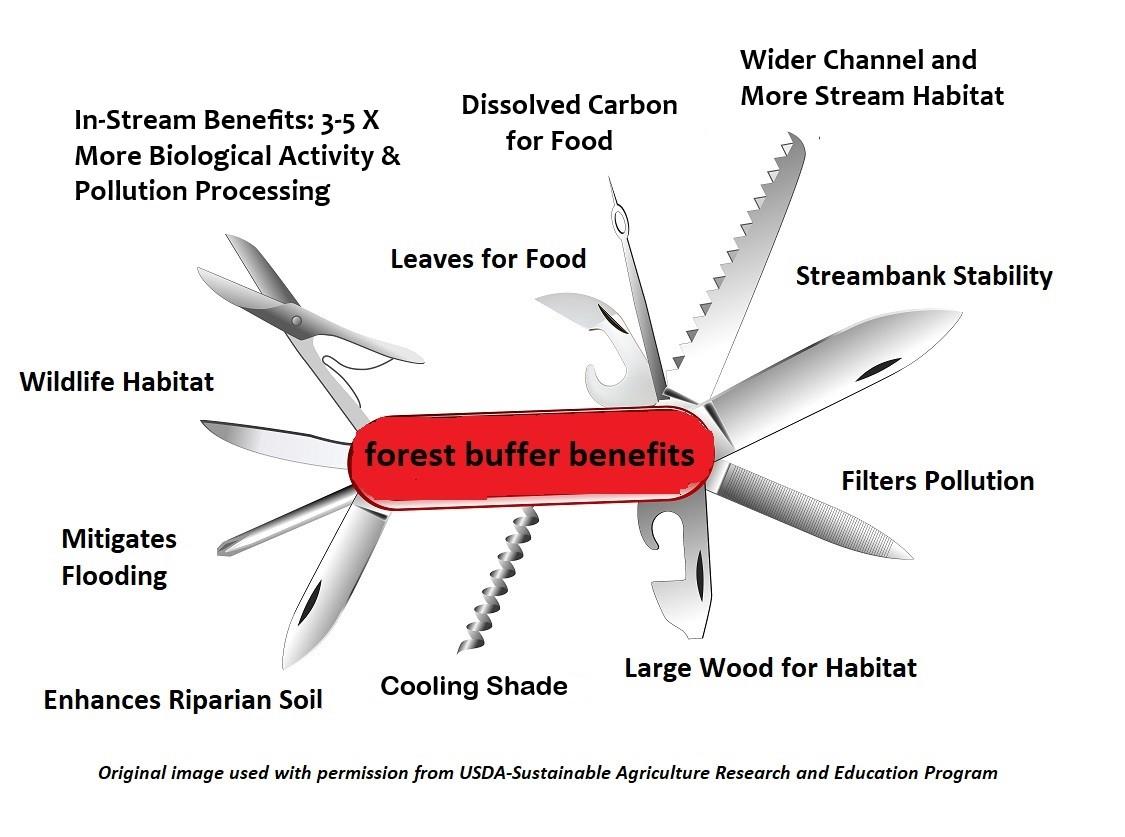
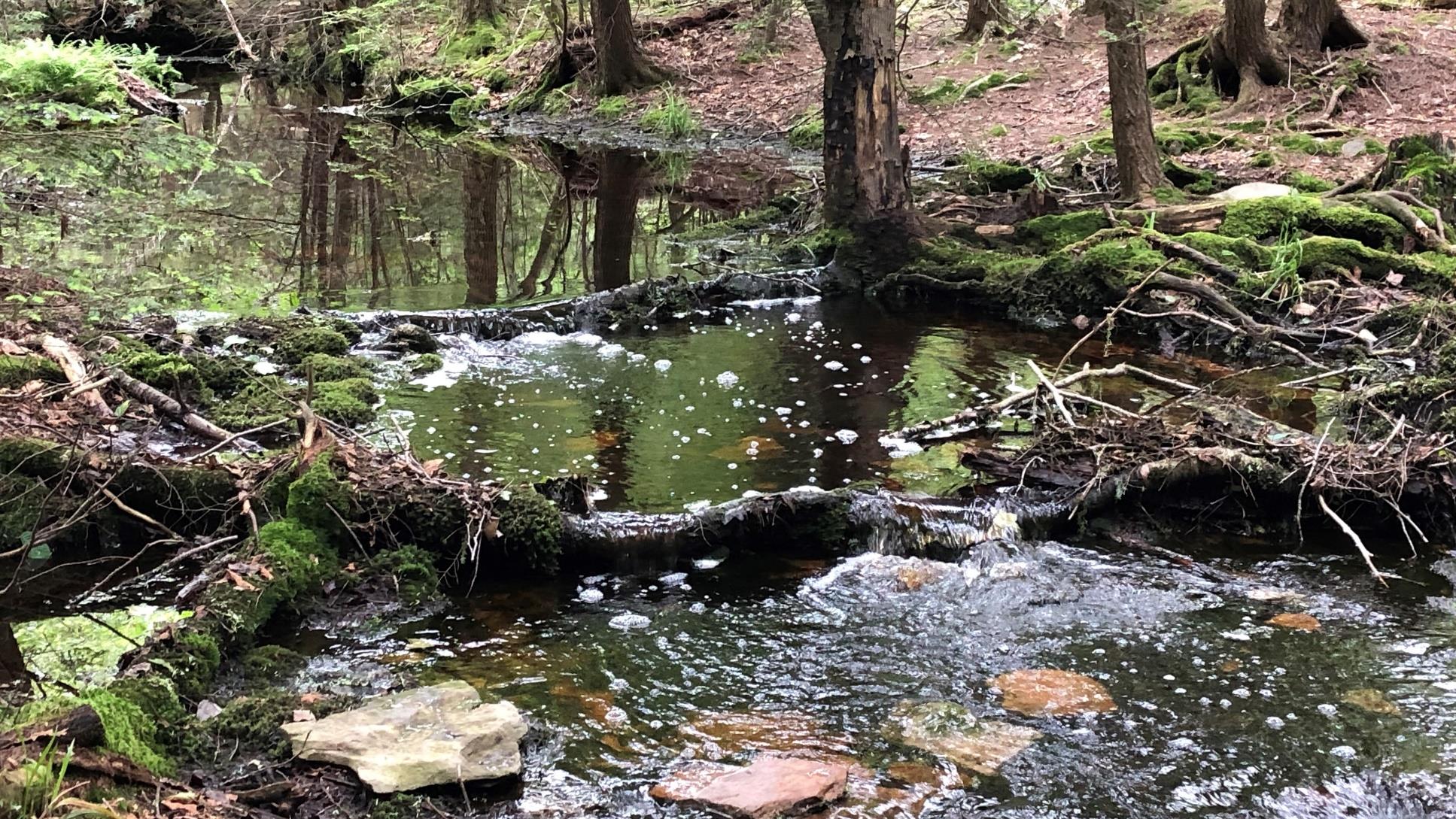
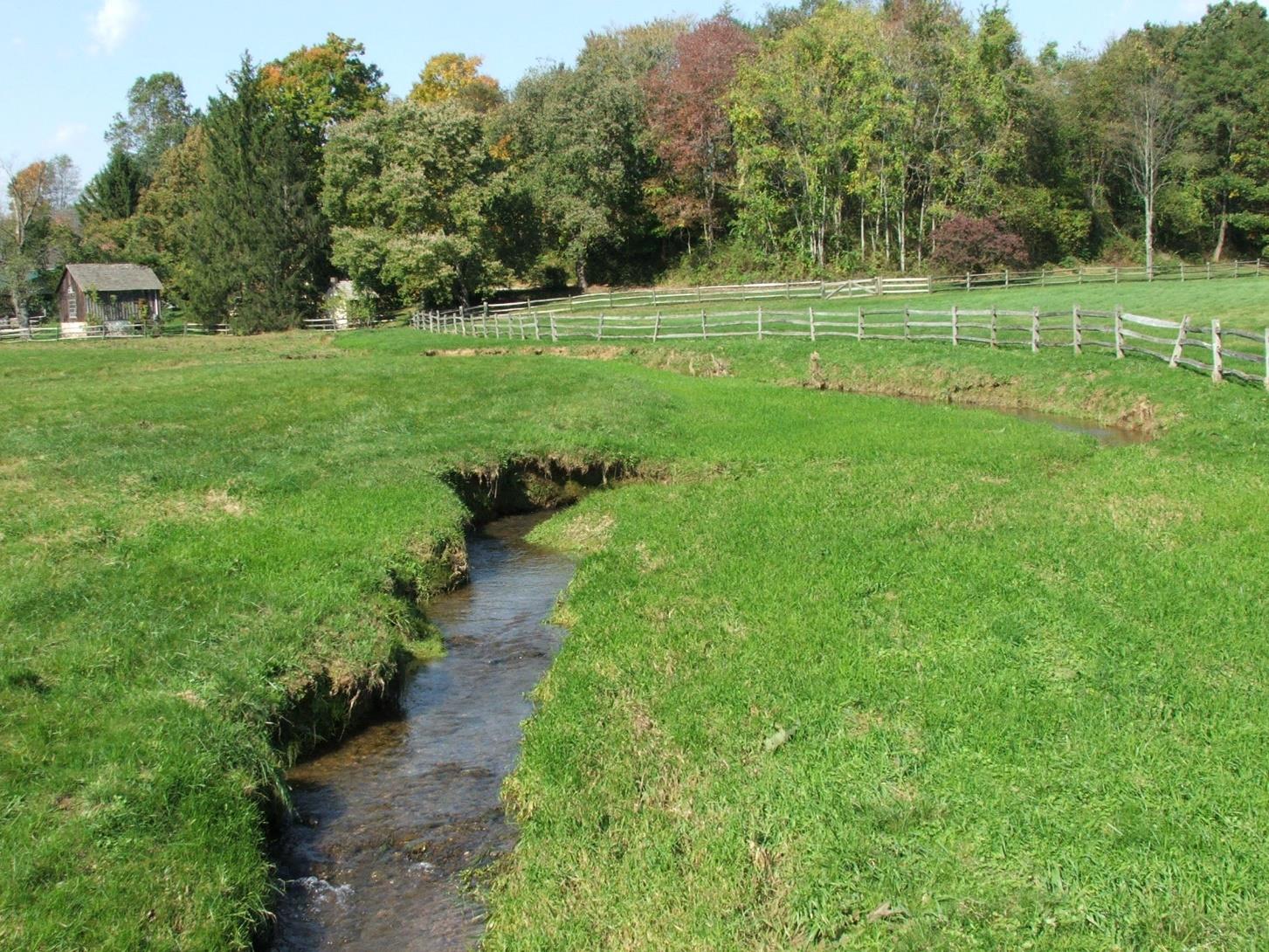
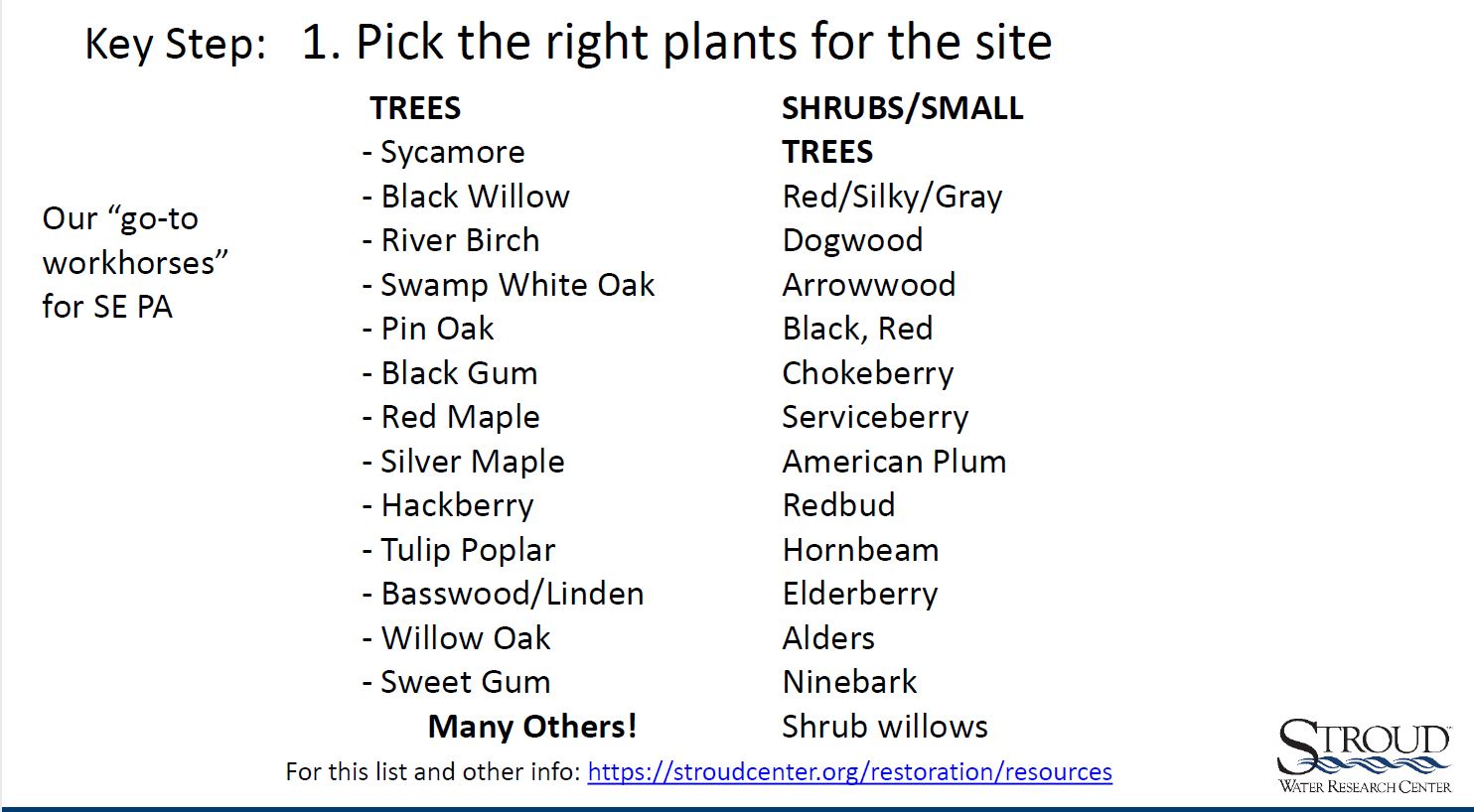
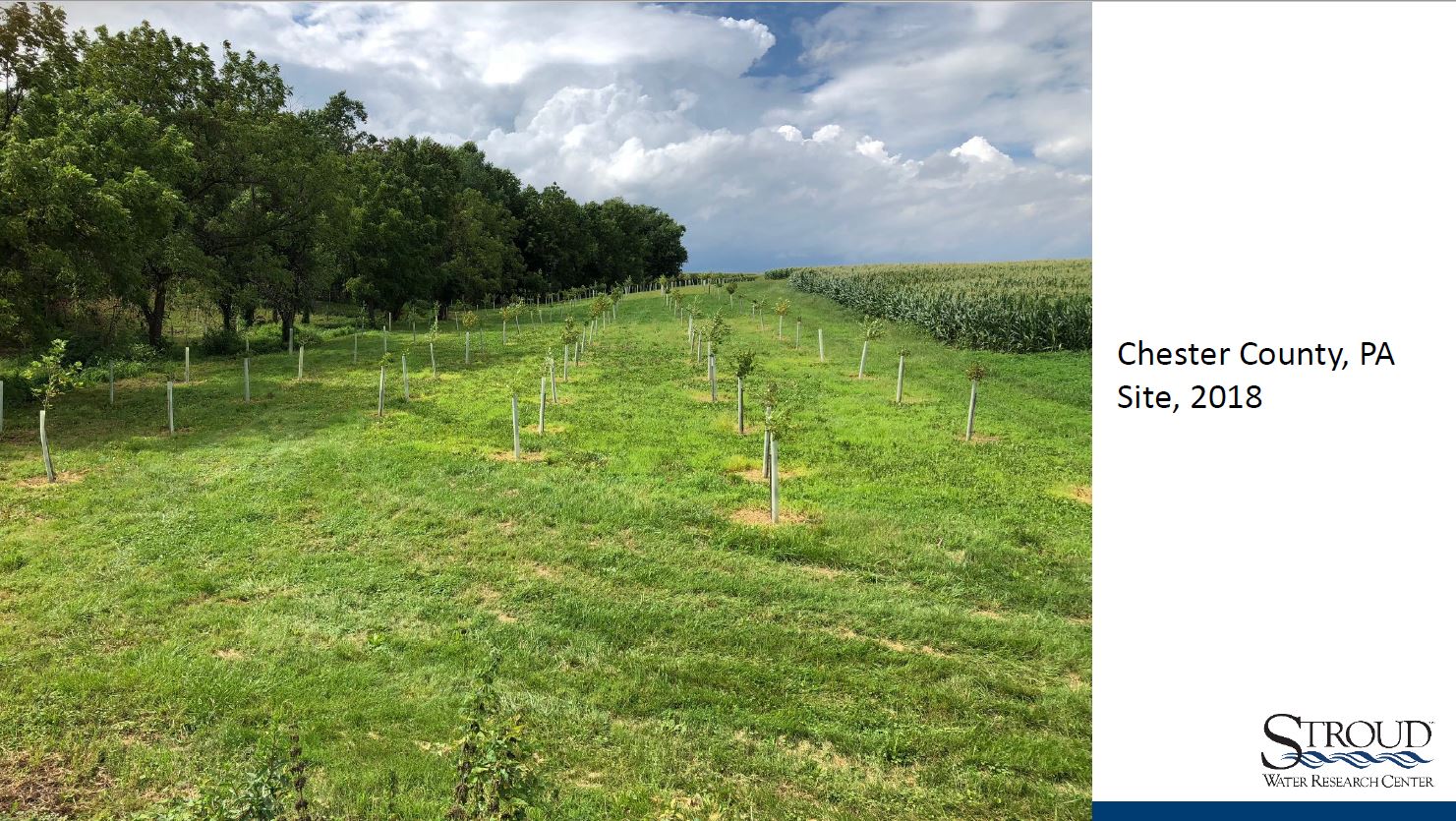
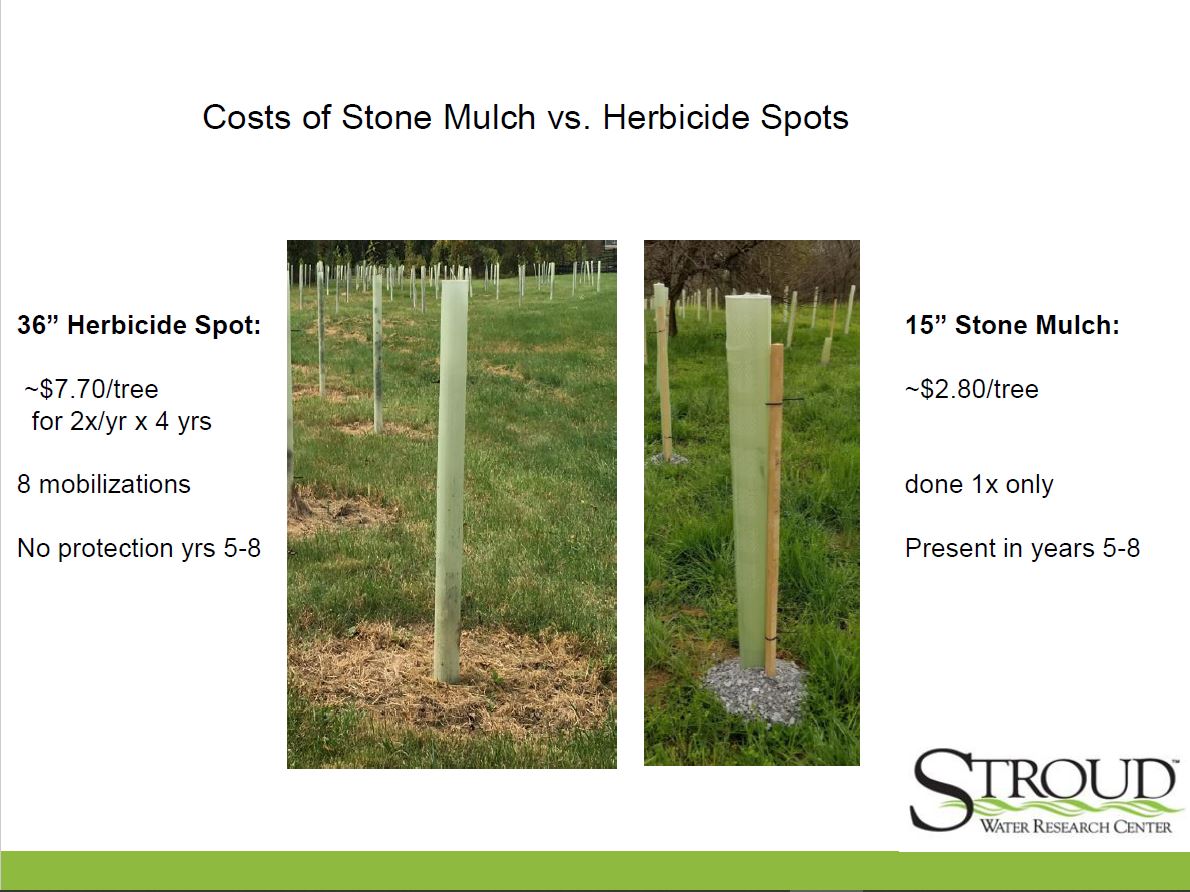
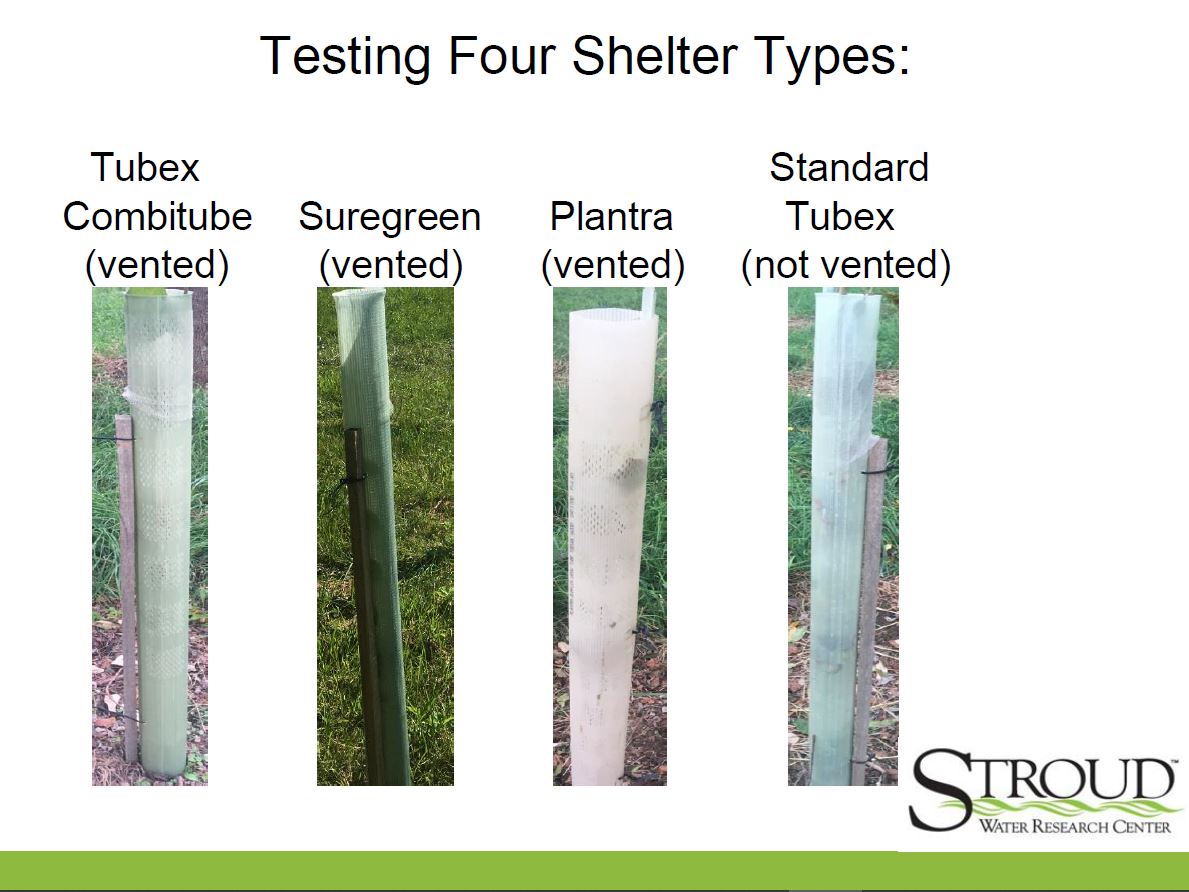
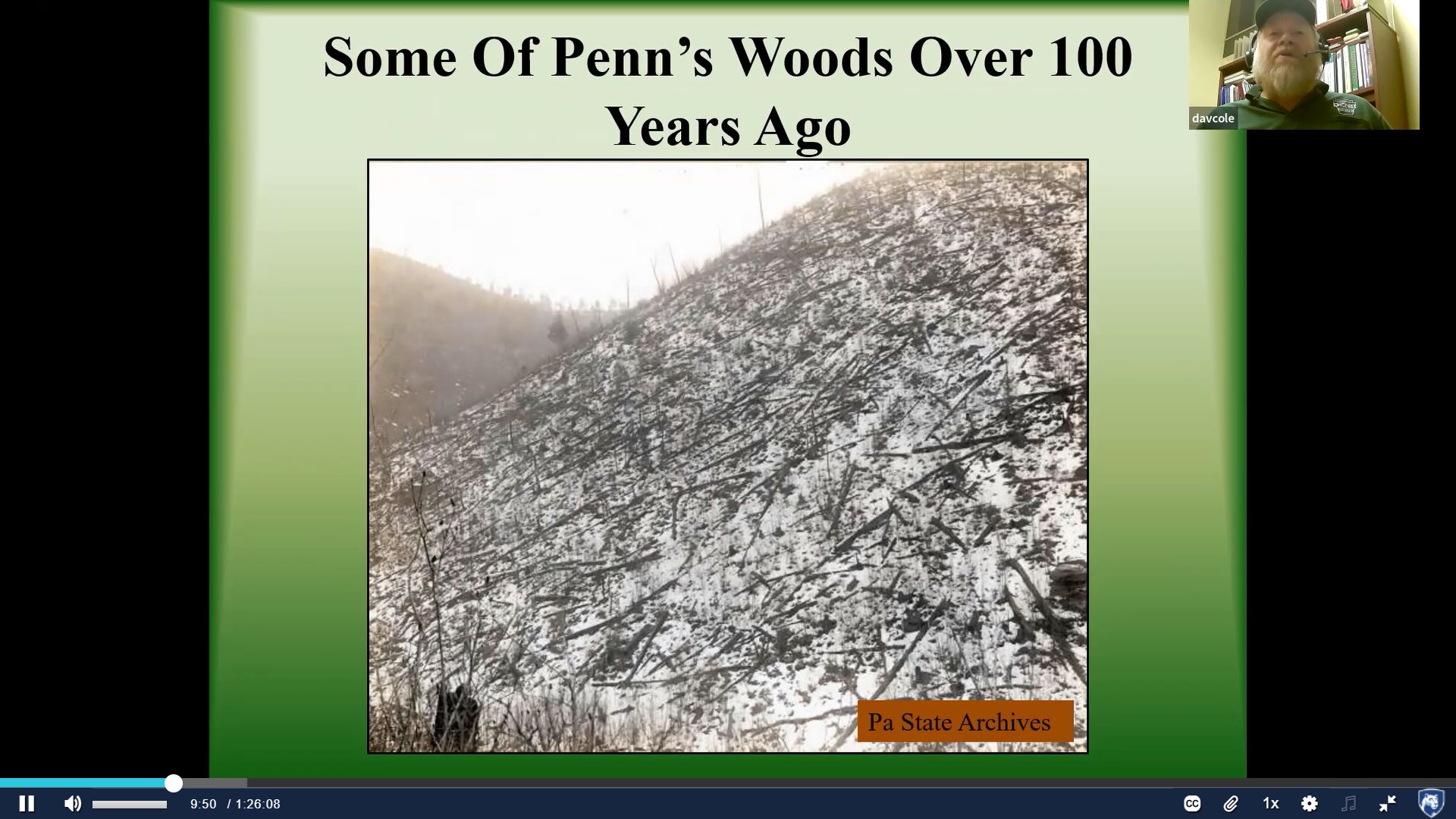
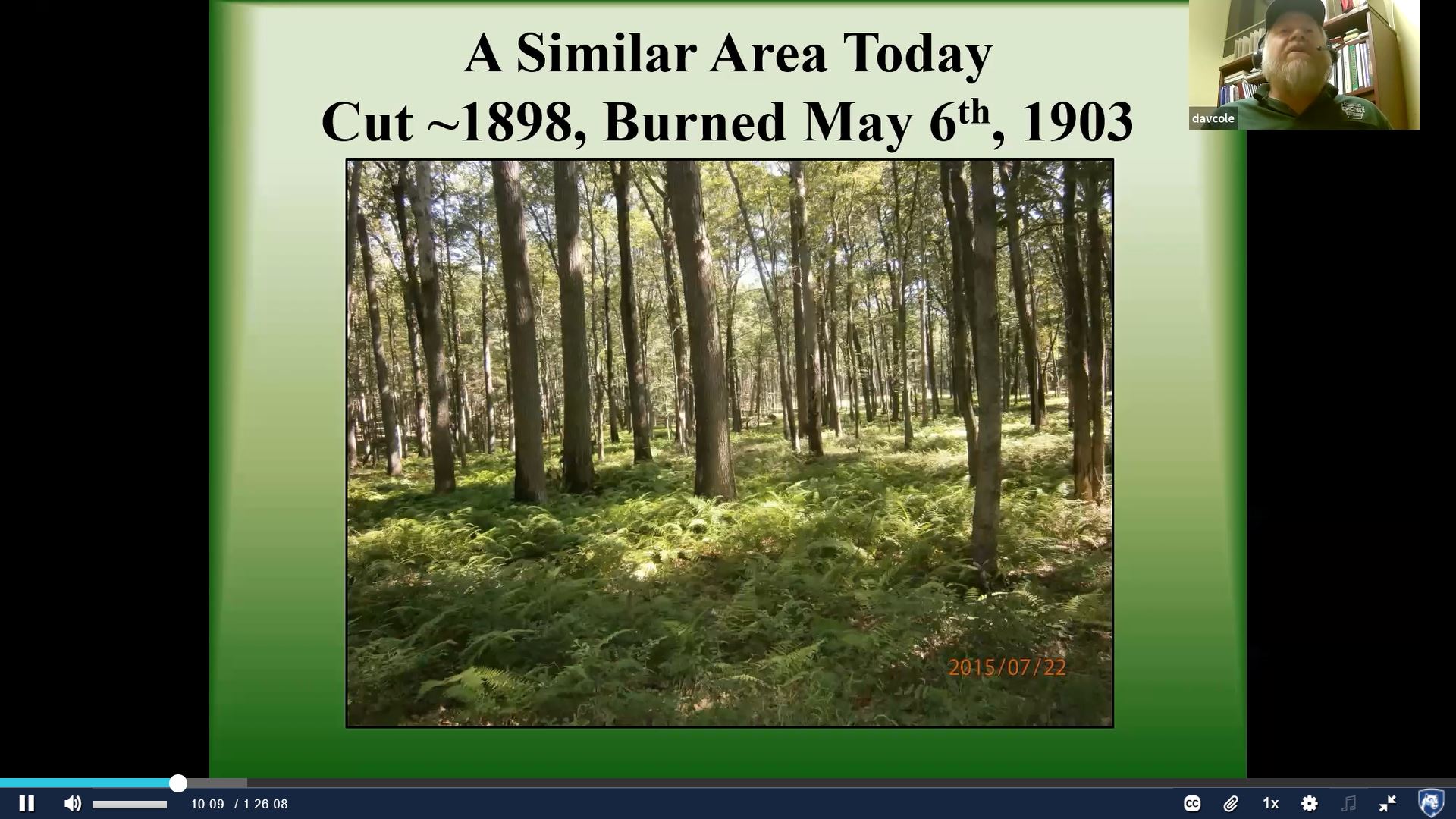
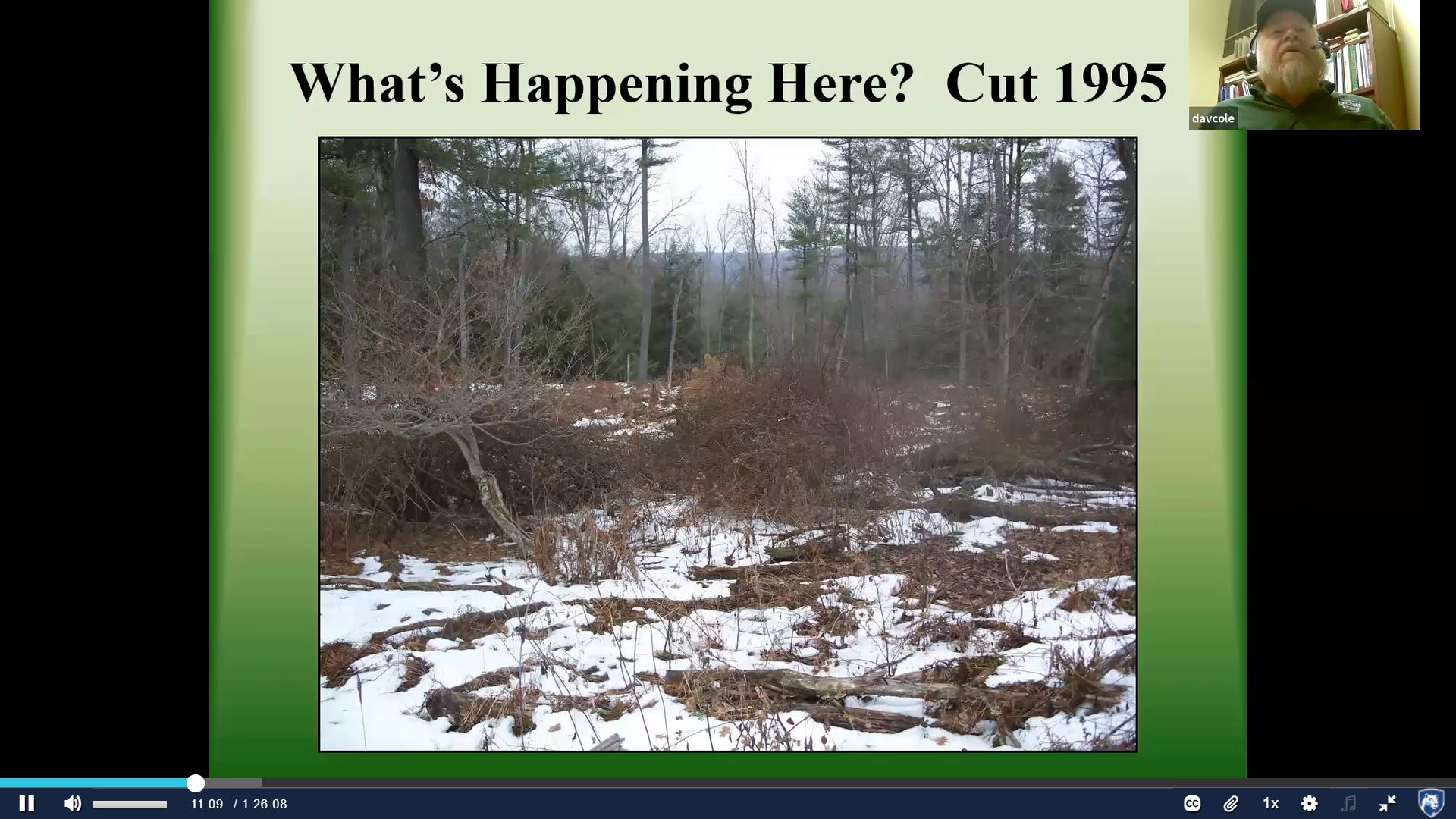
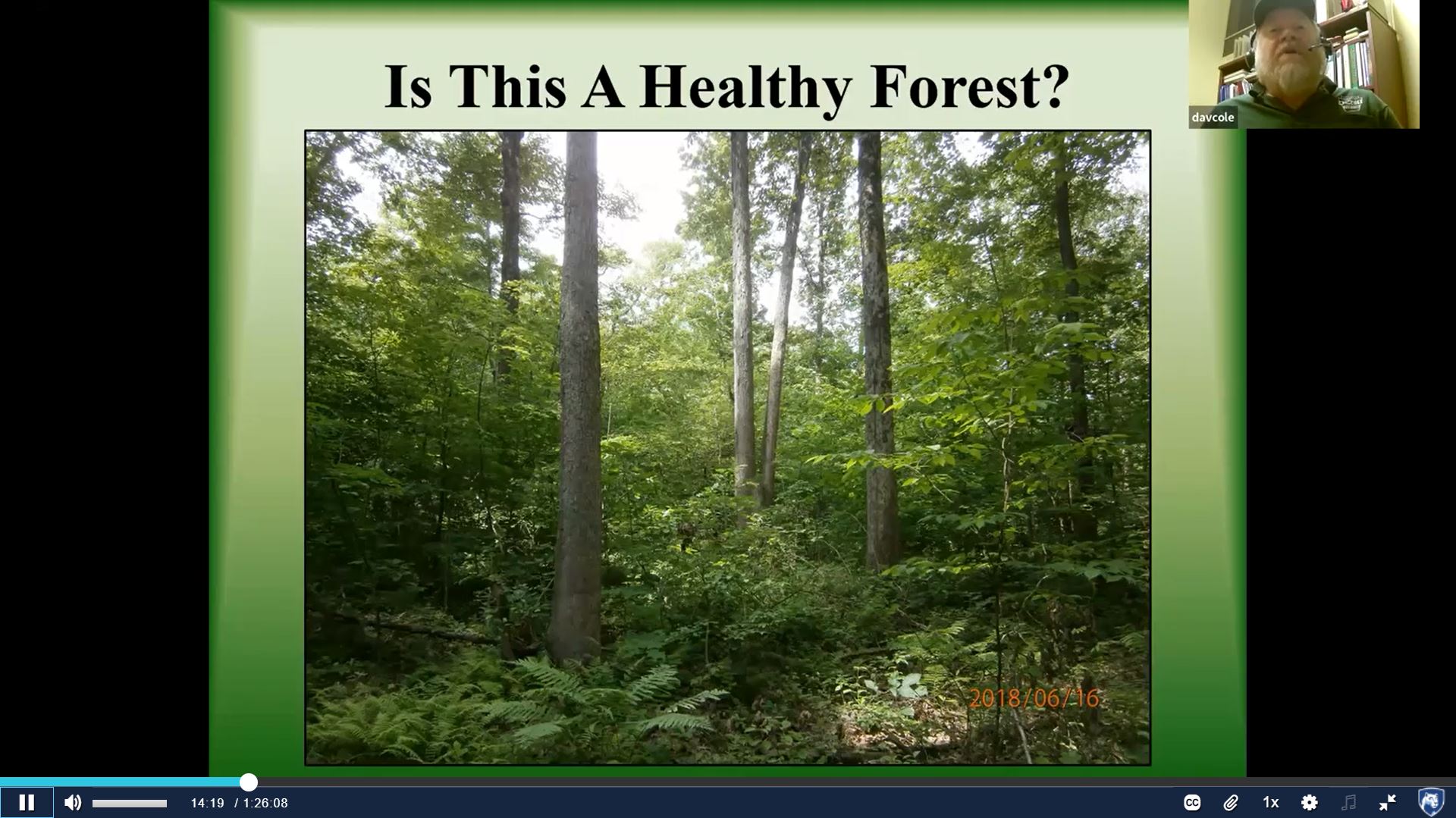
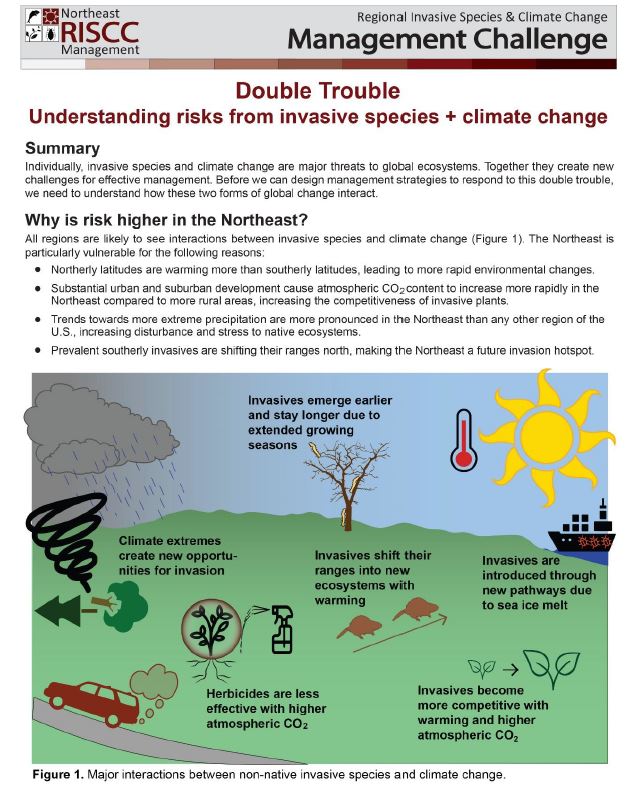
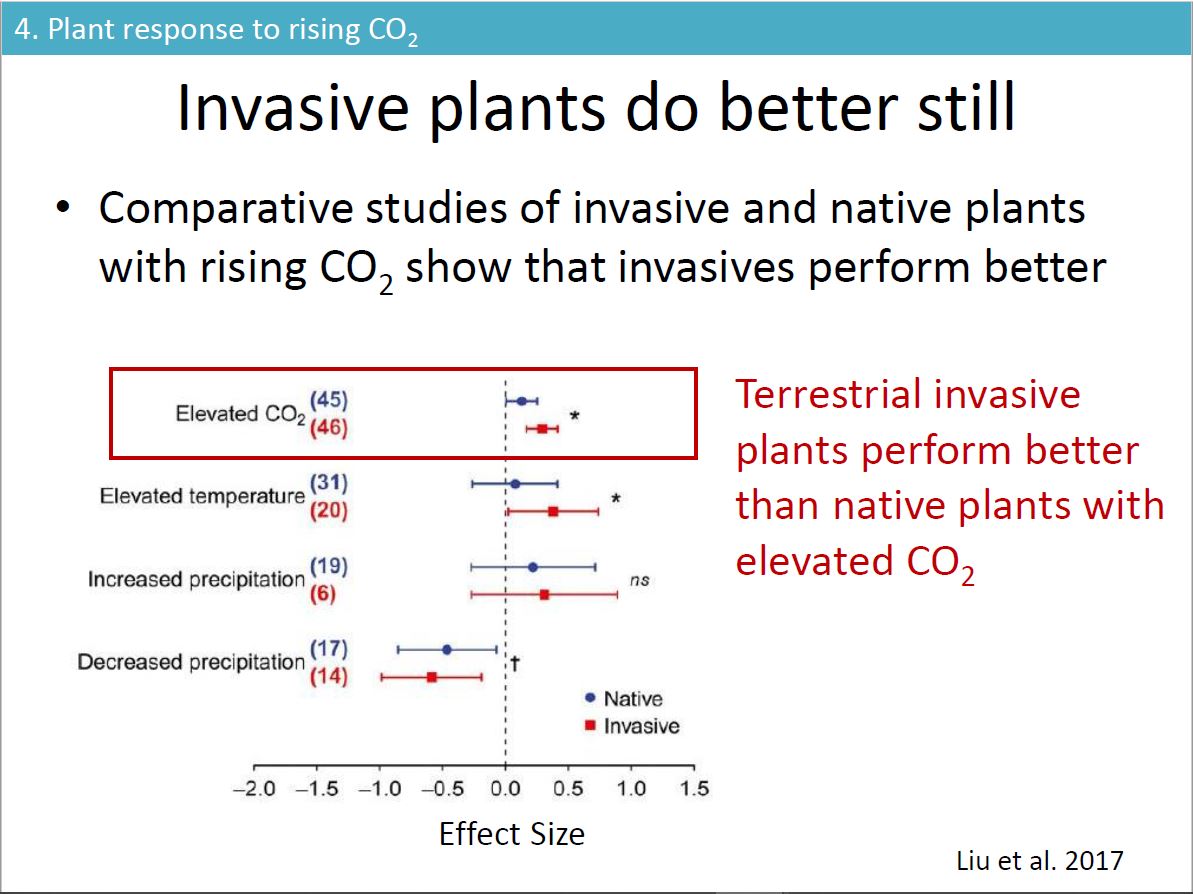
This is such a great resource of information!
Thank you for sharing!!!!